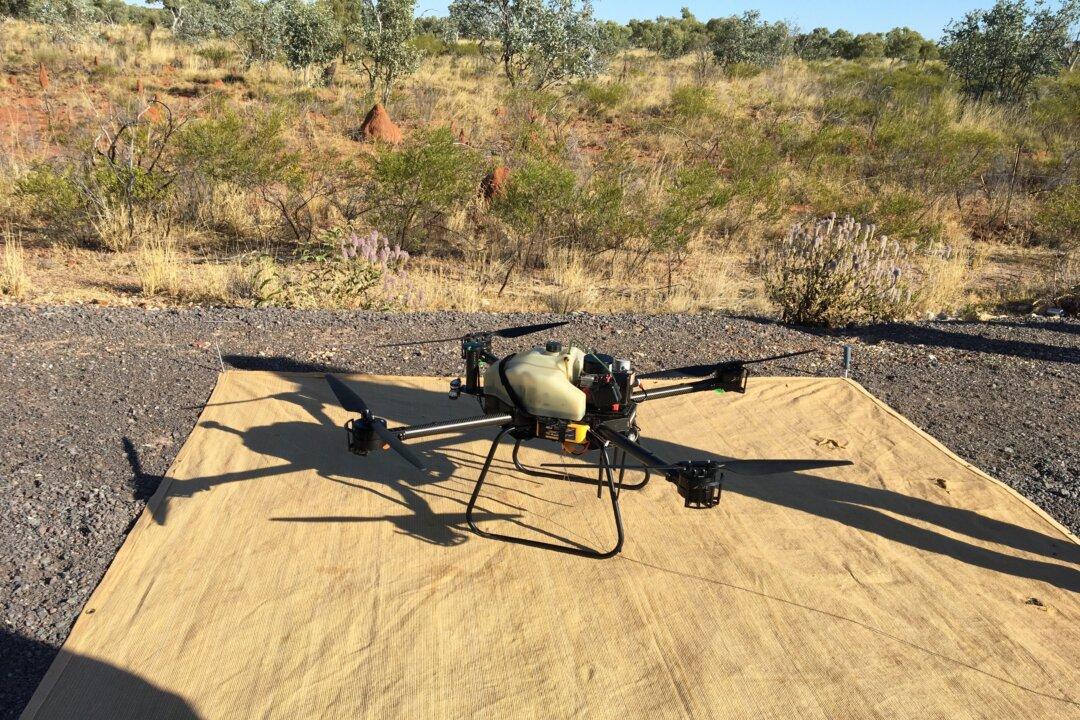Australia will inject $399 million (US$260 million) into the development of next-generation drones in a bid to boost the country’s military aerospace capabilities.
Defence Industry Minister Pat Conroy on Feb. 9 announced extra funding for the autonomous Ghost Bat programme, which would secure more than 350 jobs across the nation and support the local defence industry.




